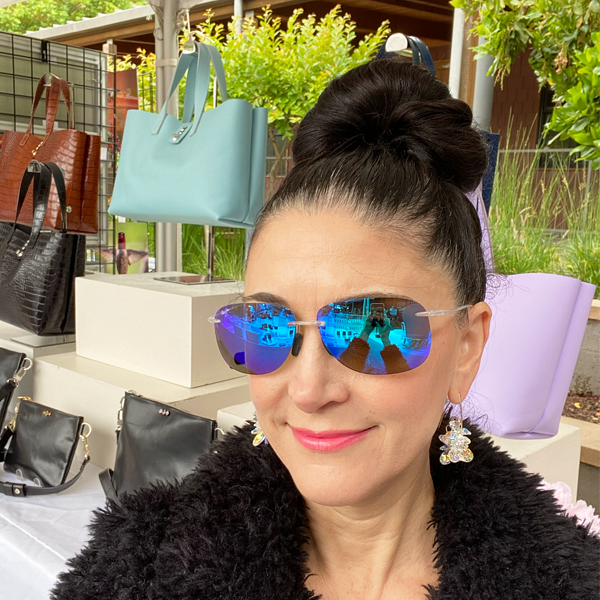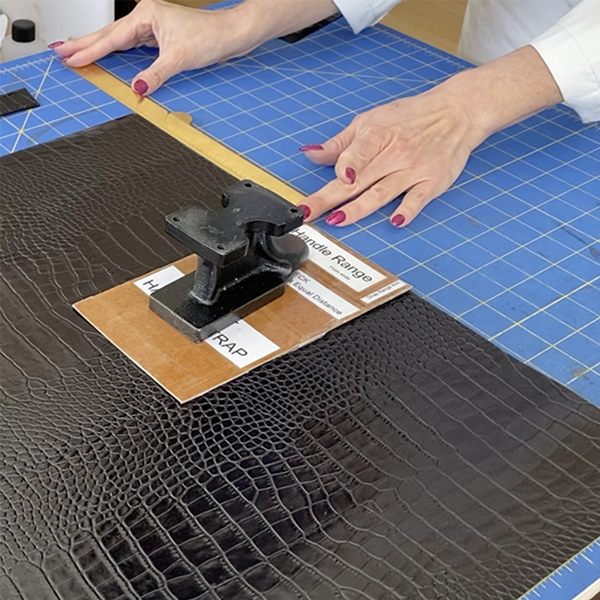25 Facts About Diamonds | Diamond Grading System


Trilliant Cut Diamond
- The universal diamond grading system is based on the Four Cs: carat, color, cut, and clarity. This grading system was invented by the Gemological Institute of America (GIA) .
- A diamond gemstone is rated the highest on the Mohs scale . The Mohs Scale measures the hardness of various minerals from 1 through 10 - one being the softest and ten the hardest.
- The most expensive cut type of diamond is the round brilliant cut. More about gemstone cuts read Quick Guide to Gemstone Cutting Styles.
- For a diamond to create naturally it takes 1 to 3.3 billion years.
- The origin of finding diamonds dates back to the 4th century BC.
- A diamond's meaning is know for a symbol of strength and everlasting love.
- The most expensive diamond in the world is the Koh-I-Noor . It came from India’s alluvial mines. The Persian translation for Koh-I-Noor means "Mountain of Light". The Koh-i-Noor diamond weighs 105.6 carats and is on public display in the Jewel House at the Tower of London.
- The highest producing gem quality diamonds in the world are mined in Botswana and Russia. Australia produces the most industrial quality diamonds. The US, Brazil, China, Canada, and Siberia also mine diamonds.
- Diamonds can break and burn under certain conditions.
- A diamond is the birthstone for the month April - more Birthstone colors & meanings.
- In 2000 the diamond industry started taking measures against the trade in blood diamonds. Since their efforts the supply of blood diamonds has decreased.
- Diamonds come in a variety of colors - blue, brown, black, green, gray, orange, pink, purple, red, violet, white and yellow.
- The 10th anniversary gemstone is a diamond.
- A diamond is one of the four precious gemstones. The other three are sapphire, ruby and emerald. A precious gemstone means it has a high value due to its rarity.
- A 1 carat diamond with a G color, VS2 clarity costs about $5,030.00.
- Since the 15th century the process for polishing diamonds includes grinding the rough gemstone on a polishing wheel coated with a mixture of diamond dust and olive oil.
- A diamond is a solid form of one element, carbon. Its atoms are arranged in a crystal structure called diamond cubic.
- The largest rough diamond in the world was found in 1905 in South Africa weighing 3,106 carats. Today, it is on display in the tower of London.
- Blue diamonds are extremely rare along with green, orange, and red diamonds. These are often referred to as Fancy Diamonds.
- The highest clarity grade for a diamond is called flawless - for more diamond grading information see the GIA Diamond Grading Chart below.
- The most common diamond inclusions are dark blemishes called carbon spots. Most of these carbon spots are black colored.
- Hand cutting a diamond takes anywhere from 1 week to 6 months.
- Before a diamond is cut, polished and faceted the gemstone in its natural state is clear with brown and yellow hues.
- Diamonds are magnets for grease, therefore cleaning them weekly is ideal. Clean your diamond jewelry with mild soap and warm water. Using ultrasonic and steam cleaners are safe with diamonds.
- Although a diamond is the hardest substance it can be scratched by another diamond.

The Chart Above Shows 21 Different Diamond Faceted Cut Styles.
The 4 C's - Diamond Grading System
How are diamonds graded? By the universal diamond grading system. It is based on the Four Cs: carat, color, cut, and clarity. This grading system was invented by the Gemological Institute of America (GIA). Their grading system is used by jewelry professionals around the world. Below includes the meanings of the Four C's when analyzing a diamond.
Carat
The standard for weighing a diamond and other gemstones is measured by the carat. Diamonds and gemstones are weighed in metric carats. This translates to one carat is equal to 0.2 grams (about the weight of a paperclip). To learn more about a gemstones weight in carat and mm sizes explore this Millimeters & Carat Chart.
Cut
When rating a diamond the GIA cut scale is broken down into 5 categories to include: Excellent, Very good, Good, Fair and Poor.
Color
GIA's color scale for a diamond is called the GIA D-to-Z Color Scale. The color scale is broken down into five categories to include the following:
| Diamonds Color | Color Scale |
| Colorless | D, E, F |
| Near Colorless | G, H, I |
| Faint | K, L, M |
| Very Light | N, O, P, Q, R |
| Light | S, T, U, V, W, X, Y, Z |
Clarity
A diamond's clarity contains 11 grades from Flawless (F) to Included (I) with several grades in between. From highest to lowest grades include: F, IF, VVS1, VVS2, VS1, VS2, SI1, SI2, I1, and I2. Also, some grading labs may use SI3 and/or I3.
| Diamond Clarity | Category | Meaning |
| Flawless | F | No inclusions and no blemishes visible. |
| Internally Flawless | IF | No inclusions visible but does have blemishes. |
| Very Very Slightly Included | VVS1, VVS2 | Inclusions so slight they are difficult for a skilled grader. |
| Very Slightly Included | VS1, VS2 | Inclusions are observed with effort but can be characterized as minor. |
| Slightly Included | SI1, SI2 | Inclusions are noticeable. |
| Included | I1, I2, I3 | Inclusions are obvious which may affect transparency, brilliance and durability. |
Video About 4C's of Diamond Quality and Clarity

Facts About Spinel Gemstones
10 Interesting Facts About The Amethyst Gemstone
10 Facts About The Peridot Birthstone
Interesting Facts About Ruby Gemstones
15 Facts About Sapphire Gemstones
12 Facts About Akoya Pearls
How to Care for Pearl Jewelry - 14 Tips
Tell Me About OpalsThe History Behind a Topaz Gemstone25 Facts About Gemstones







Leave a comment